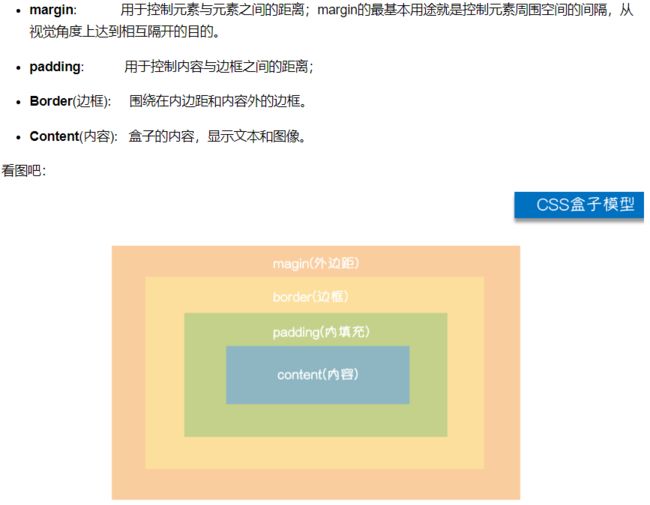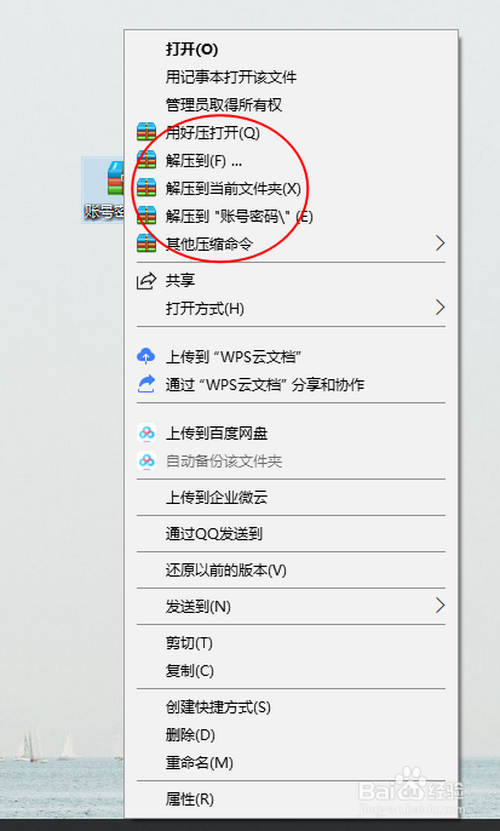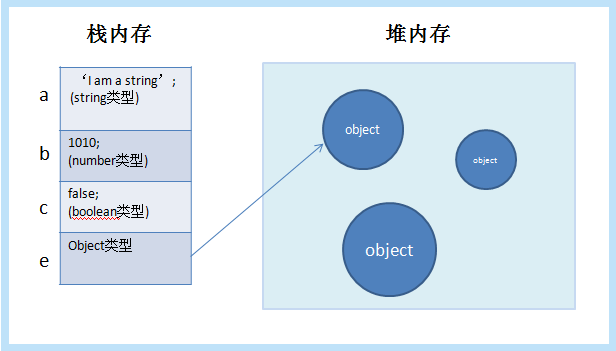2022-07-04
# coding: utf-8
import tensorflow as tf
from tensorflow.examples.tutorials.mnist import input_data
#print(“hello”)
#载入数据集
mnist = input_data.read_data_sets(“F:\TensorflowProject\MNIST_data”,one_hot=True)
#每个批次的大小,训练时一次100张放入神经网络中训练
batch_size = 100
#计算一共有多少个批次
n_batch = mnist.train.num_examples//batch_size
#定义两个placeholder
x = tf.placeholder(tf.float32,[None,784])
#0-9十个数字
y = tf.placeholder(tf.float32,[None,10])
#创建一个神经网络
W = tf.Variable(tf.zeros([784,10]))
b = tf.Variable(tf.zeros([10]))
prediction = tf.nn.softmax(tf.matmul(x,W)+b)
#二次代价函数
#loss = tf.reduce_mean(tf.square(y-prediction))
#交叉熵
#loss = tf.nn.softmax_cross_entropy_with_logits(labels=y,logits=prediction)
loss = tf.reduce_mean(tf.nn.softmax_cross_entropy_with_logits(labels=y,logits=prediction))
#使用梯度下降法
train_step = tf.train.GradientDescentOptimizer(0.2).minimize(loss)
#初始化变量
init = tf.global_variables_initializer()
#结果存放在一个布尔型列表中
correct_prediction = tf.equal(tf.argmax(y,1),tf.argmax(prediction,1))
#求准确率
accuracy = tf.reduce_mean(tf.cast(correct_prediction,tf.float32))
#
with tf.Session() as sess:
sess.run(init)
for epoch in range(100):
for batch in range(n_batch):
batch_xs,batch_ys = mnist.train.next_batch(batch_size)
sess.run(train_step,feed_dict={x:batch_xs,y:batch_ys})
#测试准确率
acc = sess.run(accuracy,feed_dict={x:mnist.test.images,y:mnist.test.labels})
print(“Iter: “+str(epoch)+” ,Testing Accuracy “+str(acc))
分类:
技术点:
相关文章:























暂无评论内容